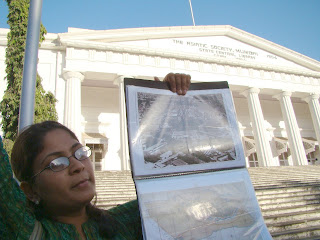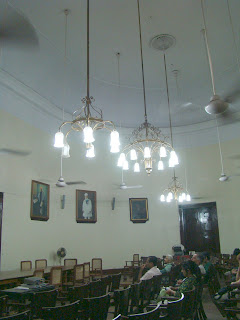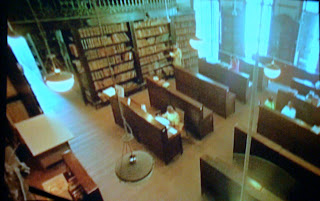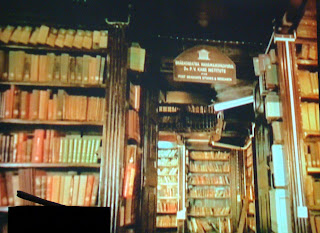The Asiatic Society of Mumbai was founded by Sir James Mackintosh, a distinguished lawyer, jurist and public figure in England Known then as the Literary Society of Bombay, it met for the first time on November 26, 1804.In 1826, the Literary Society merged with the recently established Royal Society of Great Britain and Ireland (RAS) as its Bombay Branch of the Royal Asiatic Society (BBRAS).In 1873, the Geographical Society of Bombay and in 1896 the Anthropological Society of Bombay merged with the BBRAS,n 1954, it became separate from RAS and renamed itself as ‘The Asiatic Society of Bombay ‘and recently ‘The Asiatic Society of Mumbai.’
1804 – 1829 Literary Society of Bombay www.asiaticsociety.org
1829 – 1954 Bombay Branch of Royal Asiatic Society
1955 – 2005 Asiatic Society of Bombay
2005 The Asiatic Society of Mumbai [1]
Yearly member ship 1000 rs
For tourist daily pass 250 rupees (2009 please recheck )
The building is much admired for its simplicity. With its ribbed Doric columns, old parquet floors, spiral staircases, wrought iron loggias, and exquisite marble statues of forgotten city fathers, the colonnaded Town Hall is perhaps the most regal and elegant of Bombay’s heritage buildings.
The building was designed by Col. Cowper of the Bombay Engineers, the original columns shipped from England were too large and had to be used in the Byculla Church instead.
The neo-classical design is due to Colonel Thomas Cowper of the Bombay Engineers. The building is 200 feet long and 100 feet deep. The facade has three porticoes faced by Ionic columns. The plans called for a double row of columns, built out of
material brought from England. Although these plans were curtailed, the final cost of the building came to about 500,000 pounds; far in excess of the initial estimates. The East India Company, took on a major part of the expense. The building
was completed in 1833, after the death of Cowper. tifr.res.in
the Asiatic Society, a library with a collection of 800,000 antique volumes. One of them is a priceless first edition copy of Dante’s “Inferno.” There is also an impressive numismatic collection of over 1,000 ancient coins and a rare gold mohur belonging to the Mughal Emperor Akbar. cybernoon.com





No comments:
Post a Comment